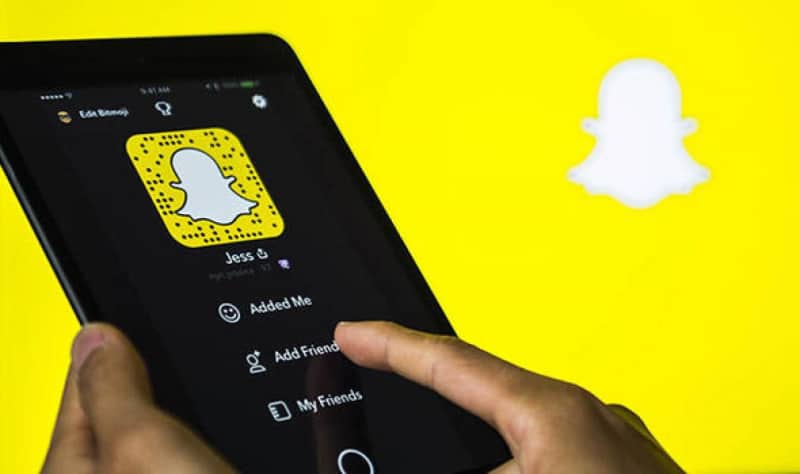
Could the Way You Communicate Hold You Back at Work?
Emojis are everywhere these days. Most apps have their own versions of the little smiling faces, and you can even use them in email and in text messages. You’ll see them on Instagram, in Snapchat, and pretty much anywhere that allows text and image-based communication. They can be cute and quirky, but some still find them irritating. If you’re a fan of emojis, then it may disappoint you to hear that littering your work communications with those images could actually be holding you back.
Your Colleagues May Judge You
One recent study suggests that using emojis in your work emails could make your colleagues think that you are not as competent as you are, and it could also make them less likely to share information with you. Workplace emails should be formal, and if you litter your communications with emojis then there is the risk that your co-workers may see your choice to include them as a sign of incompetence.
Most people who choose to use emojis do so because they want to create a perception of warmth. Unfortunately, in a workplace scenario, the use of an emoji is often lost in translation. This is particularly true if you do not know the sender well. Regardless of age or gender, if you insert smilies and other emojis in an email that you are sending to a new work contact, the impact will likely be neutral at best, and could even be negative.
Emojis are better received when the recipient knows the sender, so if you have a longstanding relationship with the person you are contacting then it may be OK to use emojis, however for those early contacts if you want to appear competent and authoritative, stay well away!
But They Help Your Friends Understand You

When it comes to communicating with your best friends, however, there is a lot to be said for the humble emoji. When you’re chatting casually on Snapchat, keeping those Snapchat Best Friend icons looking good is always a nice feeling.
In casual communications, emojis have a lot of value. Knowing the meaning of emojis will help us to communicate better and take a bit of the feeling of terseness out of your communications. The way that we communicate has changed a lot in the last few years. Researchers have found that using punctuation in a text message can actually make the message seem abrupt, for example[2]. Again this is something that may be unique to certain demographics, but the use of ‘textisms’ in SMS and emojis in richer forms of messaging is something that is becoming more commonplace even among older people.
Language is always evolving, and when you are communicating with a friend, or someone who you are courting a relationship with, it is important to find ways to provide the visual cues that are missing with remote communication. A smile and some open body language is universally understood. The lack of that information in remote communications is something that can cause problems from time to time. Just think about the difference in how you might interpret:
– “Thanks.”
– “Thanks!”
– “Thanks (with a big smiley face)”
– “Thanks…”
It’s the same word, but the punctuation after it conveys some additional information. It can be ambiguous, and you probably have an older relative who insists on typing out full words and ending every statement with a period in text messages or messages on Facebook. Have you noticed that they always sound slightly angry when they do that?
Embrace the Emoticon At the Right Time
The humble emoticon and the GIF or image macro is likely here to stay. These cute images allow us to communicate a lot with little effort, and are a good substitute for face-to-face social interaction for casual scenarios. Perhaps in a decade or two, they will be acceptable in the workplace. It does take a long time to get people to accept new forms of communication in more formal environments. There was a time when face-to-face meetings and letters were the only acceptable route. Now we have the telephone, video chat, and messaging services, as well as email and even SMS. We use more contractions and abbreviations now than we use to, and the meaning of individual words is changing. How often do you see “literally” used when the person actually meant “figuratively”? How often do you see people use “less” when if they were being strict about language, “fewer” would have been more appropriate.
As with so many things in the world, common sense should prevail. Use emoticons judiciously, and make sure that they do not impair your message, and you will probably be OK. Allow a desire to seem cute and approachable to hinder your communication, and that is when people will start to get frustrated with your chat style.
Do you use emojis in your workplace communication? Do you think the way you communicate using emojis can hold you back at work? Share your thoughts below!

